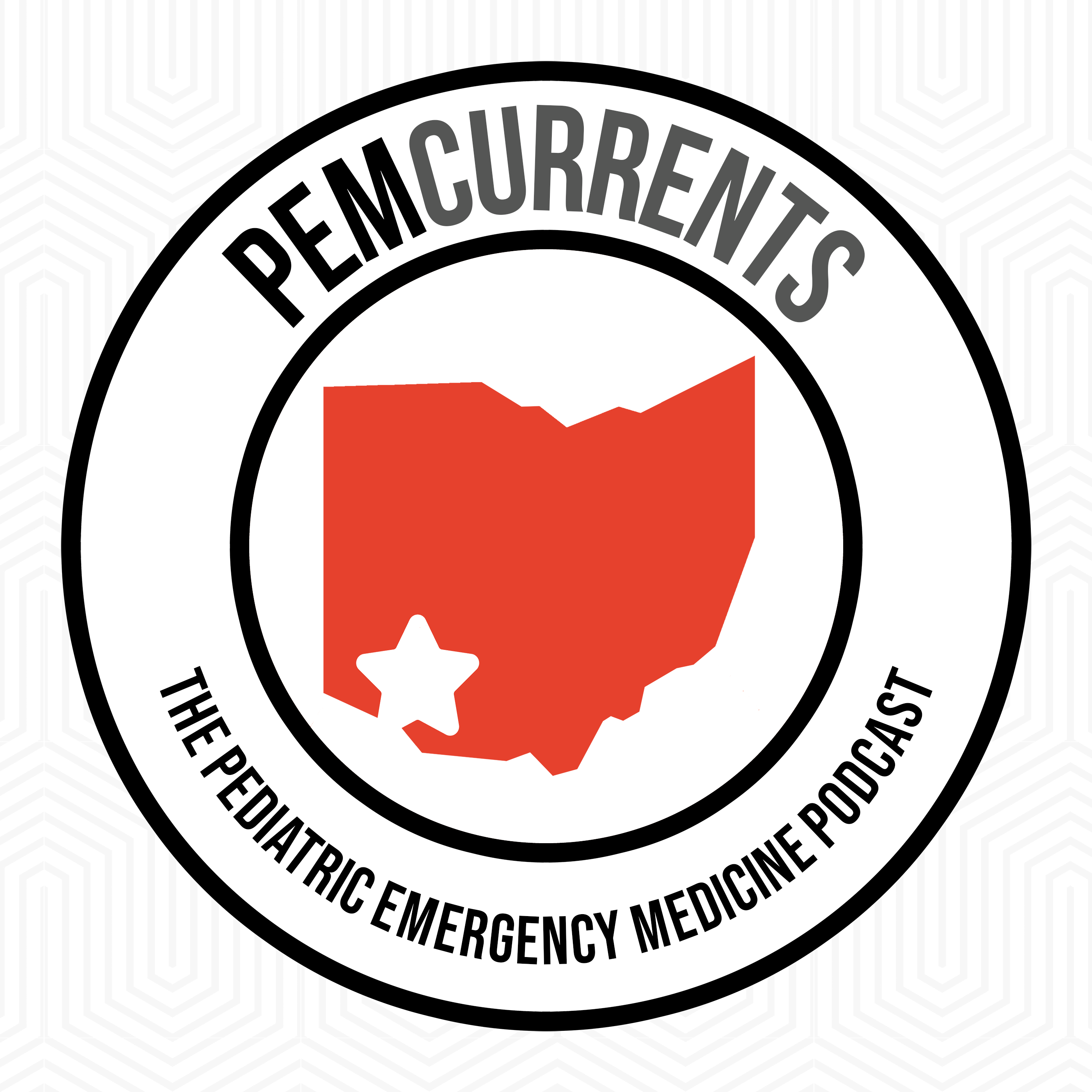Vitamin K Deficient Bleeding (Hemorrhagic disease of the newborn)
Description
Newborn infants need intramuscular injections of Vitamin K in order to produce critical clotting factors. If they don’t get it they can have potentially life threatening bleeding.
PEMBlog
@PEMTweets on… sigh “X” (Twitter)
My Instagram
My Mastodon account @bradsobo
References
* American Academy of Pediatrics, Committee on Fetus and Newborn. Controversies Concerning Vitamin K and the Newborn. Pediatrics 2003 July; 112(1):191-2.
* Ross, JA, Davies SM. Vitamin K prophylaxis and childhood cancer. Med Pediatr Oncol. 2000 Jun;34(6):434-7.
* Cornelissen, M., et al. Prevention of vitamin K deficiency bleeding: efficacy of different multiple oral dose schedules of vitamin K. Eur J Pediatr. 1997 Feb; 156(2):126-30.
* Greer, FR, et al. Improving the vitamin K status of breastfeeding infants with maternal vitamin K supplements. Pediatr. 1997 Jan;99(1).
* Kher P, Verma RP. Hemorrhagic Disease of Newborn. [Updated 2023 Jun 26]. In: StatPearls [Internet]. Treasure Island (FL): StatPearls Publishing; 2024 Jan-. Available from: https://www.ncbi.nlm.nih.gov/books/NBK558994/#
Transcript
Note: This transcript was partially completed with the use of the Descript AI
Welcome to PEM Currents, the pediatric emergency medicine podcast. As always, I’m your host, Brad Sobolewski. Today, we’re gonna talk about vitamin k deficient bleeding, also known as hemorrhagic disease of the newborn. This is a bleeding disorder that manifests in the first few days to weeks of life after delivery. Under the umbrella are a whole range of hemorrhagic diseases, but the most important is vitamin k deficient bleeding.
I’ll get into why in a moment. Vitamin k itself is a fat soluble vitamin mainly synthesized by gut bacteria. Newborns have minimal vitamin k reserves in a sterile gut. And there’s insufficient placental transfer and breast milk is deficient in vitamin K, so that’s why infants need vitamin K at birth. Without it, they can’t produce clotting factors 2, 7, 9, and 10.
You need all those. In brand newborns, the levels are about 20 percent or less of adult values, but within a month after birth, they arise to within normal limits. Other causes of hemorrhagic disease of the newborn include hereditary clotting factor deficiencies such as hemophilia A or B. And the most common item on the differential, especially for late onset, which we’ll talk about in a moment, is trauma, non accidental or accidental trauma. So why am I covering this topic?
Well, a lot of people out there are actually refusing vitamin k for their newborns. Why? Well, families state that they have concerns about the preservative in the injection, maybe that it could cause autism. It doesn’t. The pain from the injection could be harmful to the infant.
They perceive that the intramuscular vitamin k is a vaccine. It’s not. The dose of intramuscular vitamin K is too high. It isn’t. A potential for adverse reactions to an injection like anaphylaxis.
Anaphylaxis can happen after IV infusion and it̵...
More Episodes
This episode will help you better prepare for and manage children with inborn errors of metabolism in the Emergency Department. Consider it a supplement to what you remember from Biochemistry and the instructions on the family’s laminated care plan sheet. My special guest podcaster, Emily...
Published 03/27/24
Published 03/27/24
This episode will help you recognize cellulitis and even differentiate it from erysipelas which is totally a different thing. You’ll also learn about treatment, whether or not a blood culture is necessary, and a whole lot more.
PEMBlog
@PEMTweets on… sigh “X” (Twitter)
My...
Published 01/17/24


